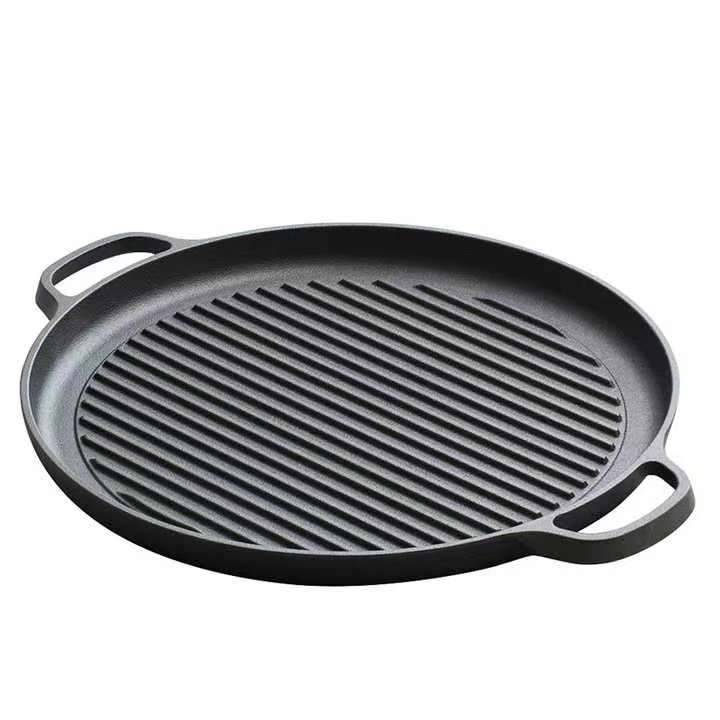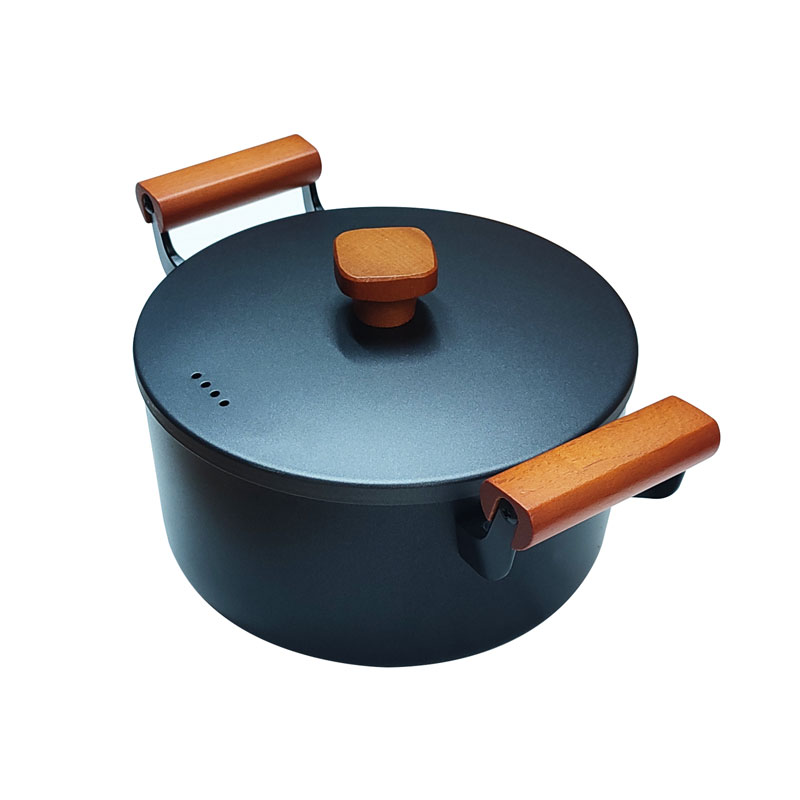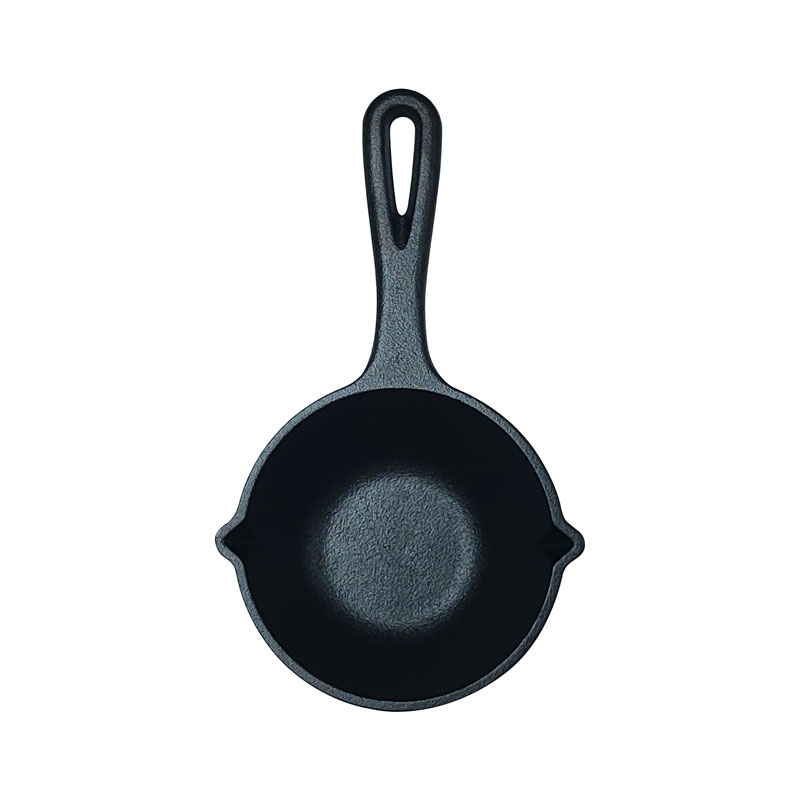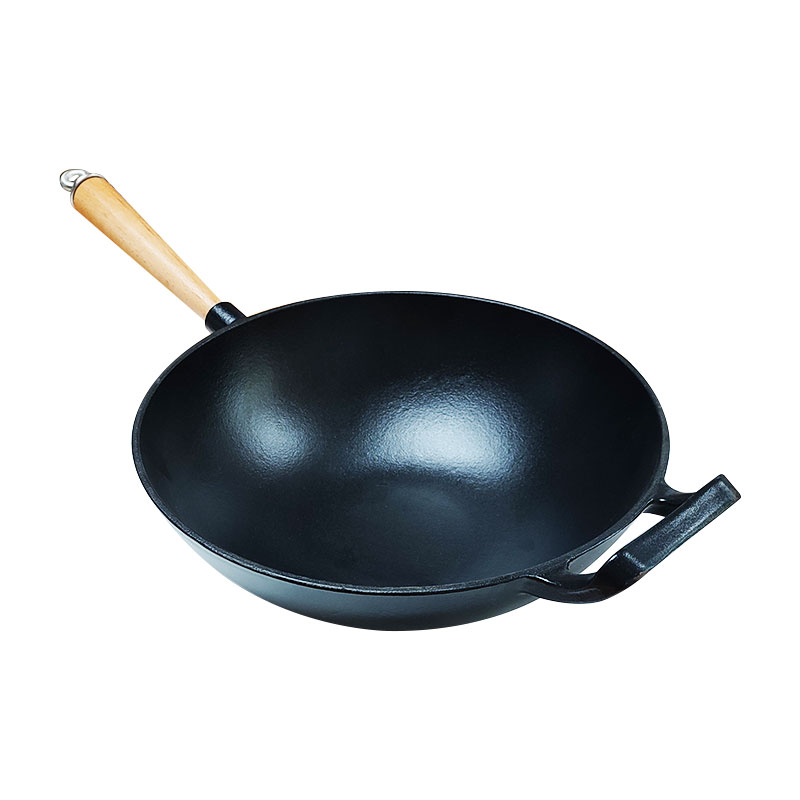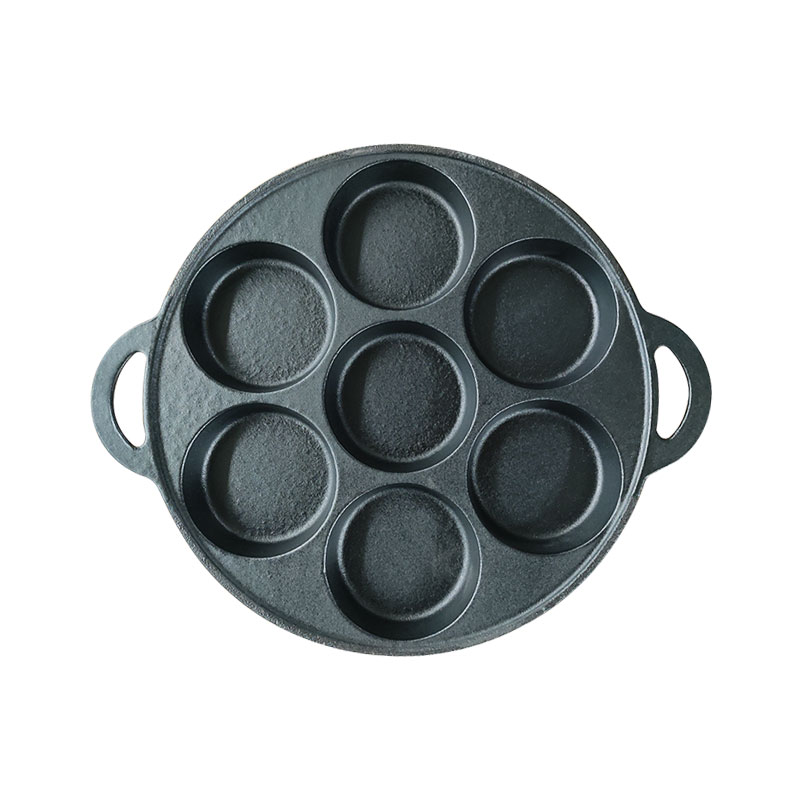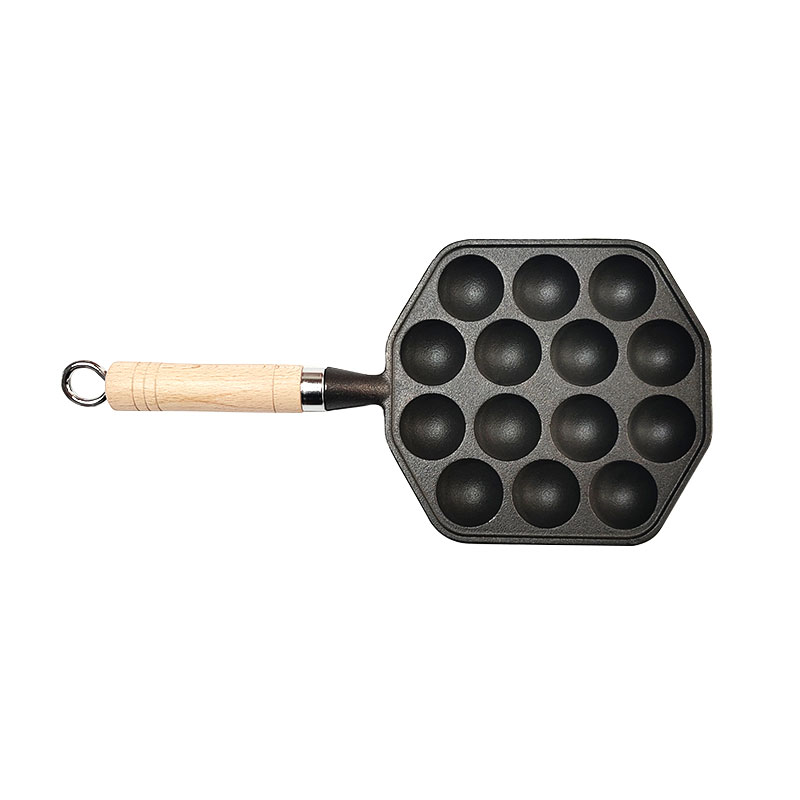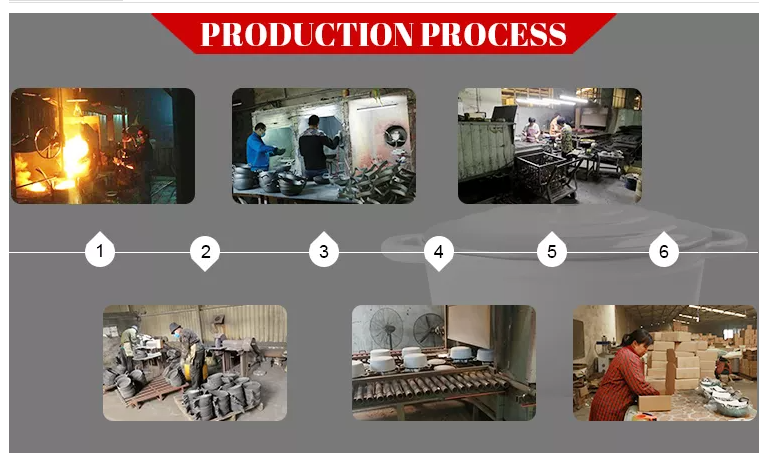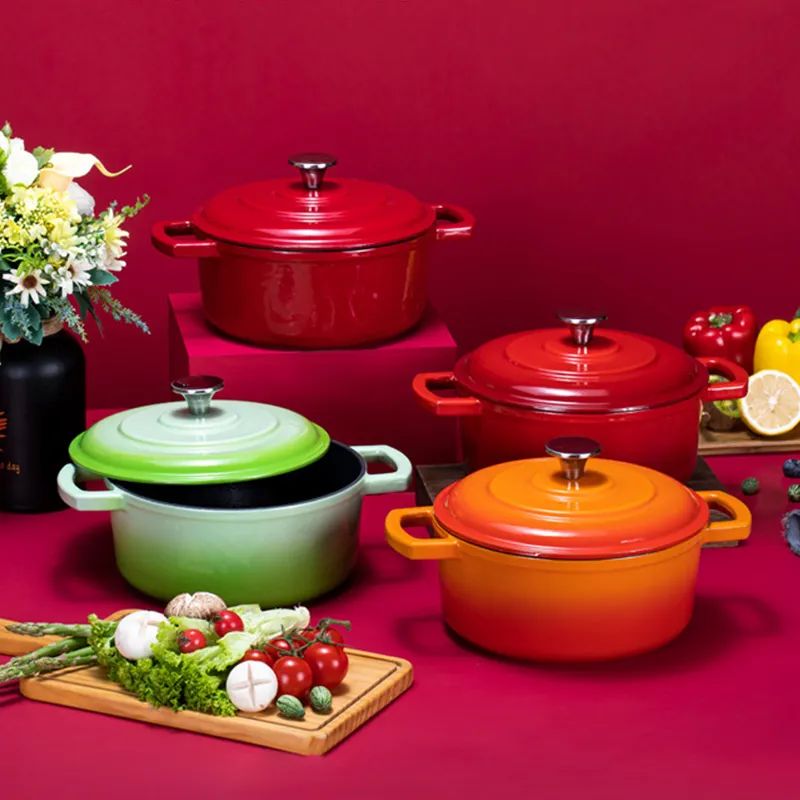- Moafrika
- Sealbania
- Seamharic
- Searabia
- Searmenia
- Se-Azerbaijani
- Sebasque
- Sebelarusia
- Benghali
- Sebosnia
- Se-Bulgaria
- Secatalan
- Sebuano
- Corsican
- Secroatia
- Czech
- Sedanishe
- Se-Dutch
- Senyesemane
- Esperanto
- Seestonia
- Sefinnishe
- Sefora
- Sefrisia
- Segalician
- Segeorgia
- Sejeremane
- Segerike
- Segujarati
- Secreole sa Haiti
- Hausa
- siwaiian
- Seheberu
- Che
- Miao
- Se-Hungary
- Seiceland
- igbo
- Seindonesia
- irish
- Setaliana
- Sejapane
- Se-Javanese
- Kannada
- kazakh
- Khmer
- Rwanda
- Sekorea
- Sekurdish
- Sekyrgyz
- Mosebetsi
- Selatine
- Selatvia
- Selithuania
- Se-Luxembourgish
- Semacedonia
- Semalagasy
- Semalay
- Semalayalam
- Semalta
- Semaori
- Marathi
- Mongolian
- Myanmar
- tsa Nepali
- Norwegian
- Norwegian
- Occitan
- Sepashto
- Sepersia
- Sepolishe
- Sepotoketsi
- Sepunjabi
- Seromania
- Serussia
- Sesamoa
- Segaeli sa Scotland
- Seserbia
- Senyesemane
- Seshona
- Sindhi
- Sesinhala
- Seslovak
- Seslovenia
- Somalia
- Sepanish
- Sesundanese
- Seswahili
- Seswedishe
- Setagalog
- Se-Tajik
- Setamil
- Setatare
- Setelugu
- Sethai
- Se-Turkey
- Turkmen
- Seukraine
- Seurdu
- Uighur
- Seuzbek
- Sevietnam
- Welsh
- Thusa
- Yiddish
- Yoruba
Cast Iron Enameled Steak Frying Pans FAQ Guide
What Are the Benefits of Enameled Cast Iron Steak Frying Pans?


They provide excellent heat retention, even cooking, and a durable enamel coating that prevents rust and eliminates the need for seasoning.
Can These Pans Be Used on Induction Cooktops?


Yes, enameled cast iron pans are compatible with all stovetops, including induction, gas, electric, ceramic, and halogen.
Are These Pans Oven Safe?


Yes, most enameled cast iron pans are oven safe up to around 500°F (260°C), perfect for finishing steaks or slow cooking.
How Do I Clean and Maintain Enameled Cast Iron Pans?


Hand wash with warm water and mild detergent if necessary. Avoid abrasive cleaners or metal utensils to protect the enamel surface.
What Makes These Frying Pans Suitable for Steak Cooking?


Their excellent heat retention and distribution allow for perfect searing and caramelization, essential for flavorful, juicy steaks.


Botsa Hona Joale Bakeng sa Lipehelo tsa Cast Iron Cookware
Ka kopo, Tlatsa Foromo e Ka Tlase 'me Sehlopha sa Rona se Tla Khutlela ho Uena ka Litheko, Lintlha tsa Sehlahisoa, Le Likhetho tsa Boiketlo.










